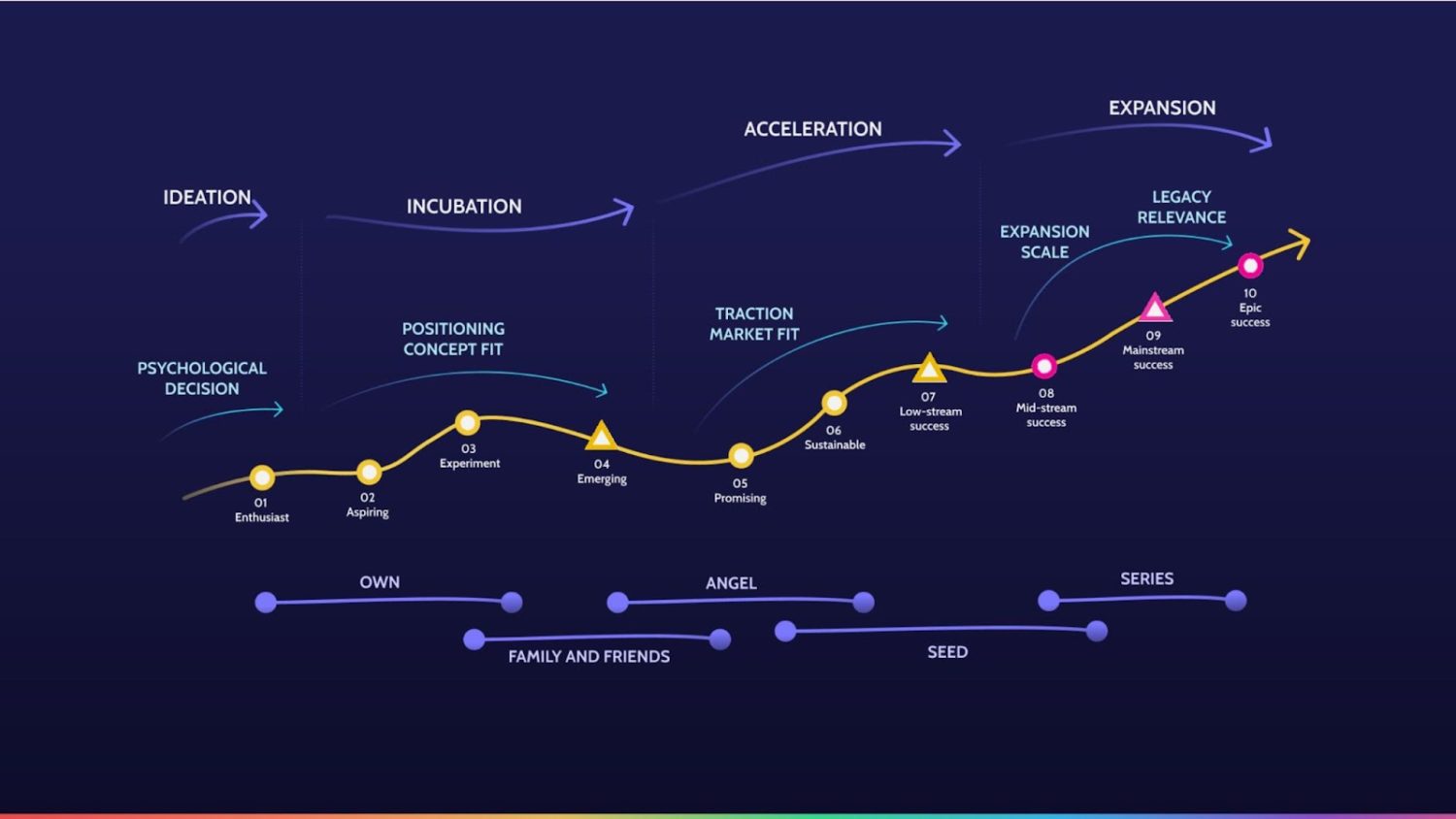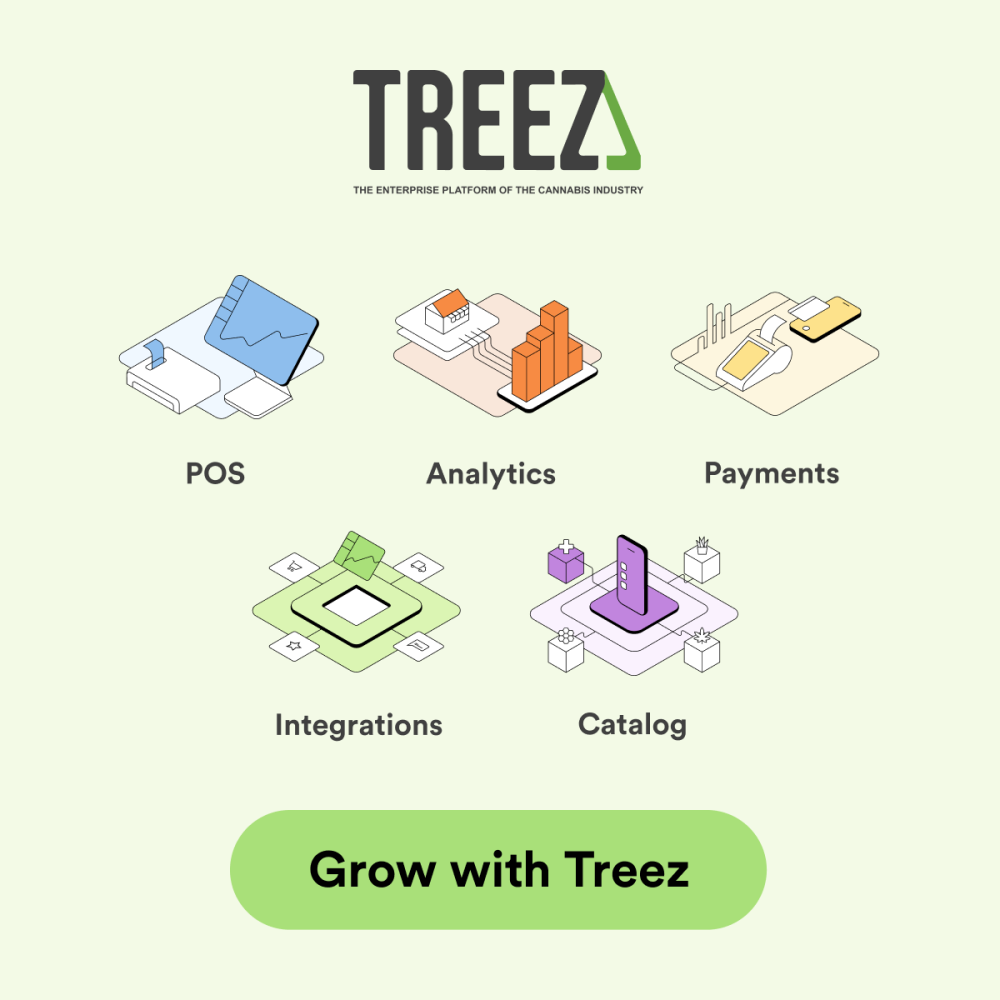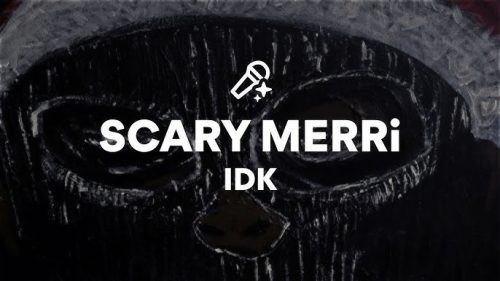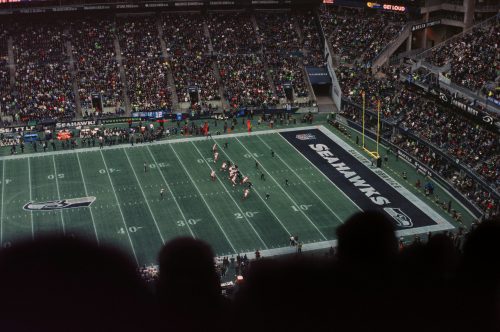Today’s Respect My Region Podcast episode put a real solution on the table. I sat down with Geoff Cubitt, North America CEO at StrmMusic, to break down a framework his team calls the Career Assessment Ladder. It’s not a motivational poster. It’s a stage-by-stage map that tells an artist where they are right now—and what to do next across distribution, financing, audience growth, and more.
Independent artists don’t fail from a lack of effort—they stall from a lack of structure. Every week I talk to talented people grinding across releases, reels, and tour dates, yet their momentum feels random. One single spikes, the next one vanishes, and nobody can explain why.
That’s not a talent problem.
That’s an operating-system problem.
StrmMusic isn’t guessing.
The artist development and career accelerator platform is powered by a proprietary dataset of 9M+ artists and 170M+ tracks, with outcomes tied to real behaviors—not industry folklore.
Founded in Brazil in 2020, StrmMusic has already supported 60,000+ artists in 70+ countries and helped fuel serious results. Brazil saw 3 of the top 10 tracks last year come from StrmMusic artists.
In 2025 they opened their North American HQ in Chicago, doubling down on a distribution, label, and artist support system that scales beyond a single market.
The Problem: A Million Tactics, No Ladder
Most artists are drowning in advice and starving for sequence. Everyone’s got hot takes about playlists, TikTok, YouTube, touring, and merch—but almost nobody tells you which lever to pull when.
A debut artist copying a mid-tier release strategy is like running a marathon in someone else’s shoes—it hurts and it’s slow.
The Ladder solves that by anchoring actions to stage.
The Ladder: Stages, Signals, Next Steps
The concept is simple: diagnose the stage, then prescribe the moves. StrmMusic’s career diagnosis evaluates signals that matter—catalog depth, engagement quality, conversion points, revenue mix, release cadence, and the health of your owned channels.
You get a clear snapshot: “Here’s where you are, here’s the bottleneck, here’s the next set of steps.”
That means no more generic playbooks. A developing artist might be tasked with tightening release cadence and building a first-party list. A growing artist might shift focus to conversion (turning passive listeners into repeaters and buyers).
An established indie might reorganize their revenue stack and add capital to accelerate what’s already working.
Data → Action: From 170M Tracks to Tuesday Afternoon
The flex isn’t just the size of the dataset—it’s the translation layer. StrmMusic turns patterns from 170M tracks into actions an artist can execute on a Tuesday afternoon.
Think micro-benchmarks you can track monthly:
- Release cadence: the minimum viable rhythm by stage.
- Retention & repeat listen: are fans returning, or just sampling?
- Conversion events: the content formats and moments that actually move people to save, follow, buy, or attend.
- Owned audience growth: email/text/community vs. rented reach.
You’re not chasing scattershot tactics; you’re running a sequence with feedback loops.
Financing Without Handcuffs
Let’s talk capital, money, moolah. StrmMusic offers flexible advances without the traditional handcuffs. The goal isn’t to throw money at vanity metrics—it’s to resource the right moves at the right time.
Funding should amplify a working system, not force artists into burnout.
Inside the Ladder, access to capital aligns with outcomes that matter (healthy growth in return listeners, conversion to owned channels, sell-through on offers), not just one viral spike.
This is where artist control becomes real: you leverage financing to accelerate an independent strategy you still own. That’s a different universe from deals where the contract is the strategy.
Distribution & Audience: Build Compounding, Not Lottery Tickets
Playlist luck is not a plan. StrmMusic pushes a distribution mindset that compounds:
- Cadence with purpose: releases that serve a narrative and feed your best formats (audio + video), instead of tossing singles into the void.
- Short-form as discovery, catalog as depth: let short clips open the door while the catalog converts attention into repeat listening.
- Owned channels first: email/text/Discord/community hubs give you an algorithm-proof asset.
- Feedback loops: read signals, adjust format lengths, test packaging, and cycle learnings into the next drop.
It’s not about being everywhere—it’s about being consistent where compounding is possible.
Brazil → Chicago: Proof, Then Scale
The story starts in Brazil and now routes through Chicago. Brazil forced the system to prove itself in a hyper-competitive, high-output market; Chicago anchors North America in a real creative-tech hub without defaulting to coastal groupthink.
The point isn’t the address—it’s the signal: exportable tactics, local execution. When a model travels well, it’s not a trend; it’s infrastructure.
What Managers Should Steal Immediately
If you manage a roster, the Ladder becomes a portfolio tool. Stage your artists, set quarterly targets, define a common language for KPIs, and align funding against the few actions that compound for each profile. Instead of “who’s hot this month,” you get a pipeline view of progress with clear unlocks.
That means fewer fire drills and more wins you can reproduce.
A 7-Day Starter Plan (Do This Now)
If you’re an artist reading this and want momentum click here, take the assessment, plus, here’s a clean week one strategy.
Day 1:
Inventory your assets. List every released track, top 10 content pieces by retention, and your current owned channels (email/text/community). Flag what’s actually working.
Day 2:
Define your stage-appropriate cadence. Pick a sustainable 8–12 week release rhythm (audio + visual). Write the titles and dates. Locked.
Day 3:
Tighten your conversion. Add one owned channel CTA to every new post and video. Build a simple lead magnet (unreleased demo, behind-the-scenes, VIP ticket code).
Day 4:
Package your best clip formats. Identify your three highest-retention short formats and schedule them against the next two releases.
Day 5:
Clean your storefronts. Update bios, banners, link hubs, and pin content that points to your next release or offer.
Day 6:
Warm your list. Send a low-friction email/text that tells fans what’s coming and why it matters—one ask, one link.
Day 7:
Measure & adjust. Track saves, repeat listens, follows, and signups for the week. Make one small change you can test next week.
None of this requires permission. It requires sequence.
The Next 24 Months: New A&R Is Data + Coaching
Here’s my read on where this goes. The new A&R isn’t just taste—it’s data plus coaching. Catalog value will be built by teams that can read signals and pivot fast, not just buy ad reach.
The artists who win will run like athletes: block the calendar, train specific skills, review the tape, and invest where gains show up. The Ladder is the locker room whiteboard for that approach.
Drop your favorite line from Geoff right here to anchor the piece in his voice. Think one insight about stages, a data-driven takeaway, or a line that clarifies “artist control” in practice.
If you’ve got momentum but no map, the Career Assessment Ladder gives you sequence and certainty: here’s where you stand, here’s what to do next, here’s how to fund the move without giving up your leverage.
That’s the difference between chasing sparks and building a fire you can cook on.
I’m here for systems that respect creativity and reward consistency. This one does both.
If you want the step-by-step for your current stage, hit the assessment, then run the plan for 90 days like it matters—because it does.
When artists get structure, growth stops feeling like luck and starts looking inevitable.







